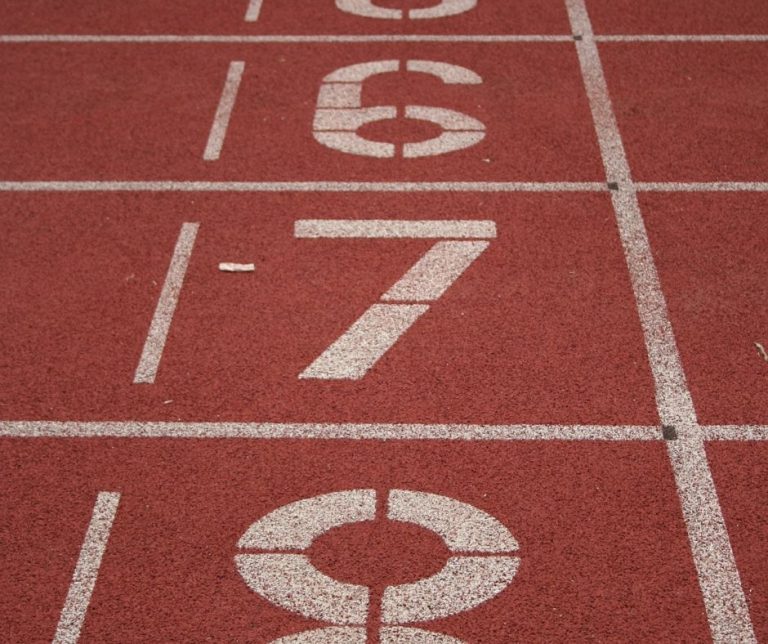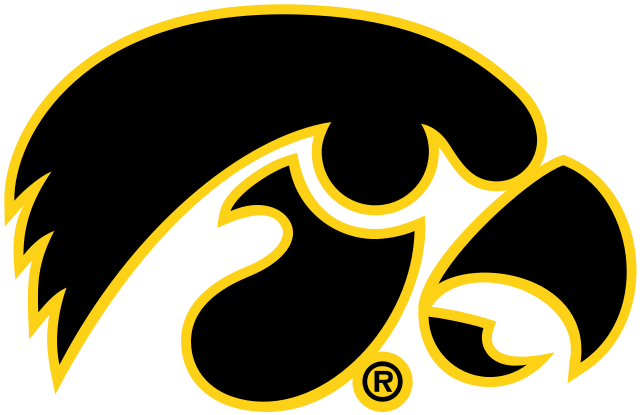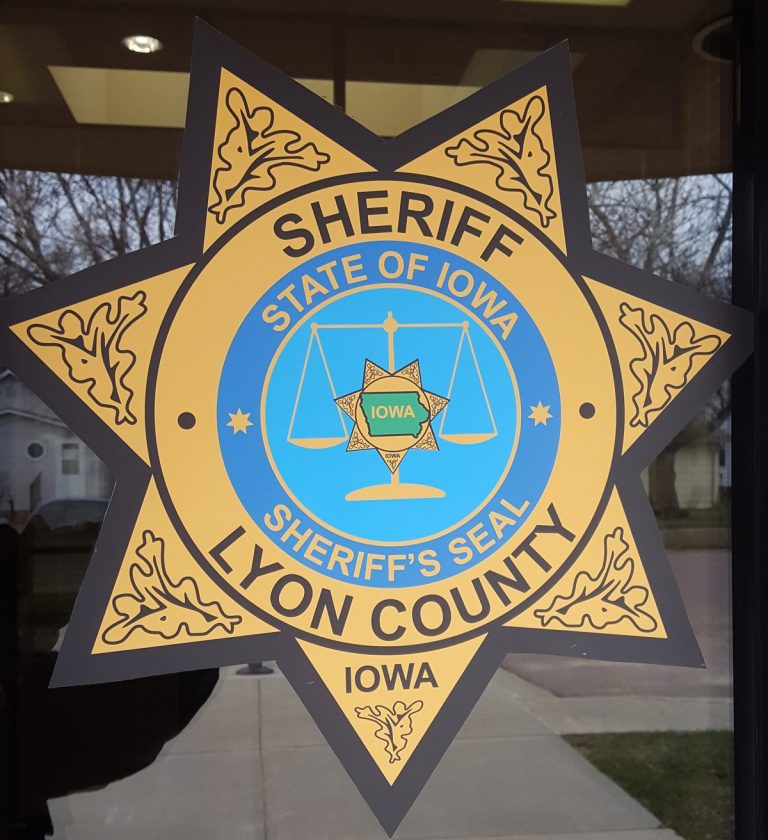 The secret to being a successful dove hunter is not really a secret at all: bring plenty of shells, a group of friends and hunt the fields where doves are.
The secret to being a successful dove hunter is not really a secret at all: bring plenty of shells, a group of friends and hunt the fields where doves are.
But finding those fields and knowing which fields doves are using comes to scouting and putting in the time before opening day.
“Scouting is the key,” said Todd Bogenschutz, upland wildlife biologist with the Iowa Department of Natural Resources. “Walk the prospective areas in the morning and at night; make mental notes about how the doves are coming into the field and leaving the field. Keep in mind where the sun will be at the time of day you will be hunting to identify the best location to set up.”
Successfully bagging doves is not easy. In fact, hunting mourning doves would be near the top on the difficulty scale.
“They’re fast and agile. There’s a reason the national average is 5-7 shells per dove,” Bogenschutz said.
Hunters can improve their shell-to-dove ratio by being more selective in their shots and having the proper choke in their gun.
Doves are a migratory game bird and most of the migration – and hunting – takes place during the first few weeks of the season. This year, the season opener – Sept. 1 – falls on a Tuesday.
The dove season coincides with summer-like weather which is one selling point for those new to hunting.
“Dove hunting would be great for novice hunters because the weather is nice, there’s a lot of shooting and you don’t need a lot of equipment – a bucket and a lot of shells,” he said.
Each spring, there is a window when dove food plots must be planted for them to be usable for the fall migration and unfortunately this year, spring rains made that difficult in parts of southern Iowa. Some of those areas had winter wheat in case sunflowers couldn’t be planted.
Doves like bare ground and prefer open landscapes and larger food plots. If a sunflower plot is not available, try a weed patch or harvested grain field.
Hunters looking to avoid the crowds may want to hunt later in the day. Areas that are full of hunters in the morning may be empty in the afternoon. While there may not be as many doves on the area during the afternoon, Bogenschutz said hunters will likely have plenty of opportunities to bag some doves.
The Iowa DNR has a list of public wildlife areas and private land enrolled in Iowa Habitat Access Program (IHAP) where dove plots – primarily sunflowers – have been added at http://www.iowadnr.gov/Hunting/MigratoryGameBirds/MourningDoves.aspx.
Hunters are reminded that although they do not need to pay the state or federal migratory bird fee, they are required to register with HIP and to have the plug in their gun to be legal. They must also use nontoxic shot on public areas where it is required for all hunting except for deer and wild turkey. The areas are listed on p. 17 of the Iowa hunting regulations (www.iowadnr.gov/hunting).
Practice Safe Hunting
Hunters will be trying to blend in to the background so it’s important that they know where each other are at all times, stay within their zone of fire and communicate during the hunt.
Late Summer Weather
Daytime temperatures can still be in the 80s and mosquitoes and ticks are still around. Remember to pack bug spray, and if hunting during the afternoon, sunscreen, and plenty of water for the hunter and dog. Be prepared to put doves in a cooler.
Spent Shells
Toss in a grocery bag or two to pick up any trash including shell casings and leave the area as good as or better than it was found.
Shooting Hours and Bag Limits
Legal shooting hours for mourning doves is one-half hour before sunrise to sunset. There is a daily bag limit of 15 doves with a possession limit of 45. The season is Sept. 1- Nov. 9.










